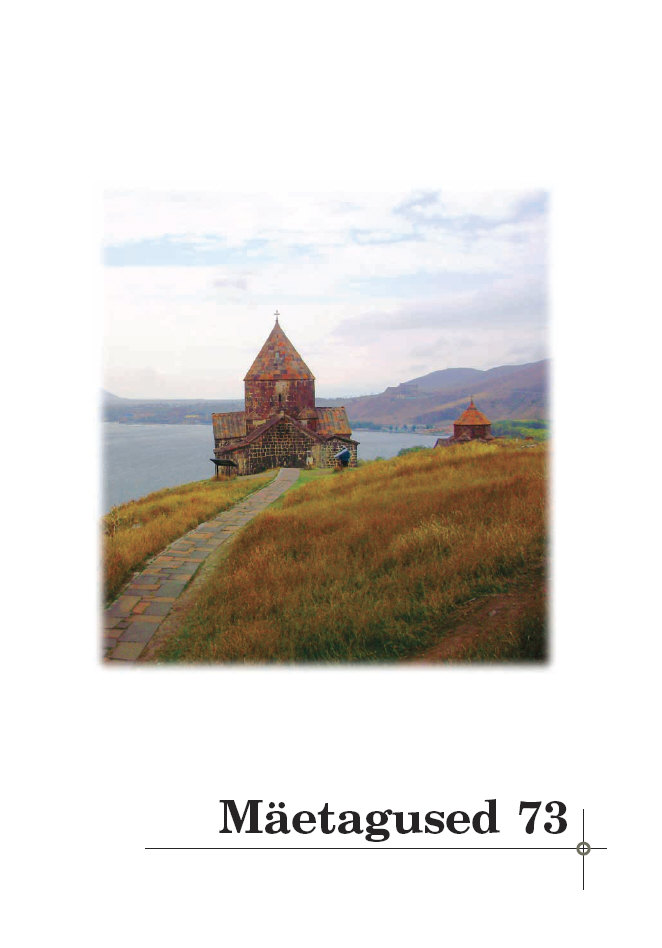Paradoksaalsed igapäevakujut(l)used? Narratiivsed persoonid, pärisustamine ja “Halvale teele”
Paradoxical everyday imaginaries? Realitization, narrative persons and Breaking Bad
Author(s): Siim SorokinSubject(s): Film / Cinema / Cinematography
Published by: Eesti Kirjandusmuuseum
Keywords: everyday imaginaries; narratively “tooled” language; narrative person; pragmatics of narrative experientiality; realitization; realmaking; social materialism of narrative; vernacular;
Summary/Abstract: The present article elucidates and elaborates on the key theoretical and analytical positions developed in my doctoral dissertation on character engagement, based on the microanalysis of digital storytelling in the online reception of Breaking Bad (Sorokin 2018a). The article (1) gives a general synopsis of the American television series Breaking Bad; (2) provides an analysis of the empirical material in order to illustrate the validity of the theoretical conceptualization; and (3) further teases out the underlying theoretical implications. By design, the theoretical discussion builds on the empirical analysis and focuses, for the purposes of this article, specifically on three core notions and concepts in the previously developed theoretical framework. I use the concept of narrative person to counter the mechanistic, internalist approach to the “fictional character”. Under my treatment, a narrative person is a sovereign agency by whom the audience is gradually absorbed, as opposed to being absorbed in it. Naturally, such assumptions undermine the universal applicability of internalist models of narrative, in general, and experiential character engagement, in particular. Hence, realitization is envisioned to highlight the discursive practice of “realmaking” in the articulative process of character engagement for the sake of communal discussion. Finally, the concept of co-elaborative creative vernacular indicates communally developed and communicated other-directed distributed sense-making, which is commonsensical and narratively co-elaborated and grounded in everyday language and conceptual thinking which is materialist in character.
Journal: Mäetagused. Hüperajakiri
- Issue Year: 2019
- Issue No: 73
- Page Range: 121-146
- Page Count: 26
- Language: Estonian

